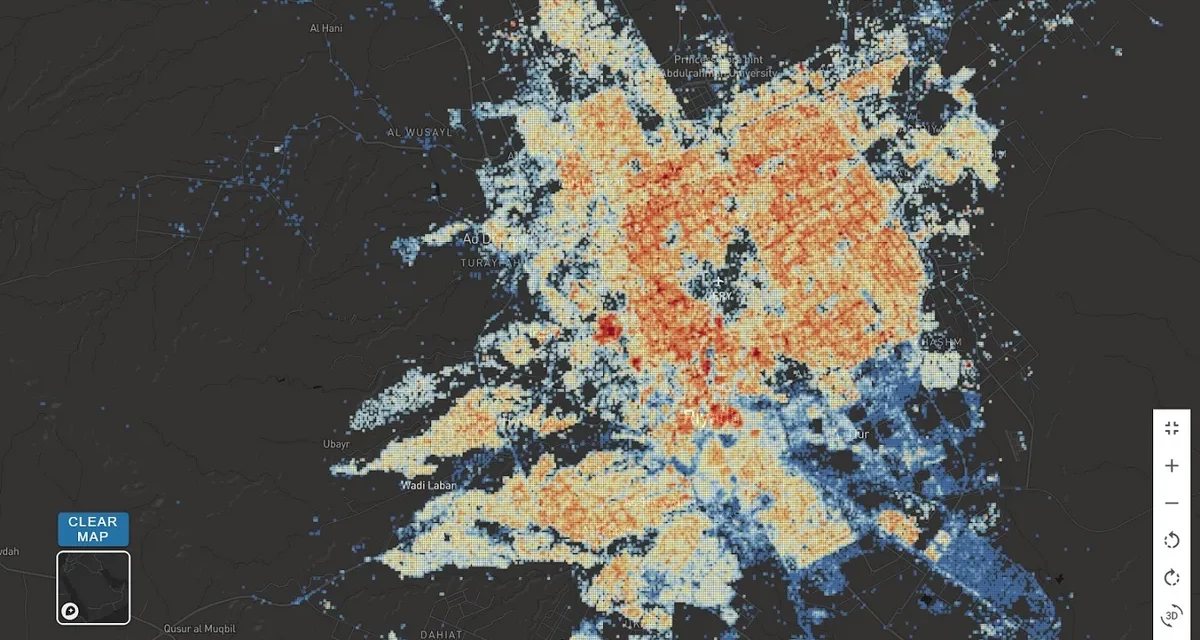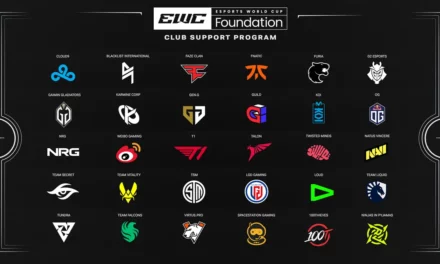
GapMaps Expands Data Directory in Saudi Arabia And Other Major Growth Markets

Comprehensive range of datasets enabling brands in QSR, Cafes, Fast Food & Fitness to optimise their network strategies in Saudi Arabia
Riyadh, 31 July 2023: Cloud-based mapping software specialists, GapMaps, has expanded datasets in GapMaps Live in Saudi Arabia, and other markets across the Middle East and Asia providing brands with unprecedented insights and intelligence to strengthen their location decision-making. GapMaps Live is a simple-to-use location intelligence platform which helps organisations make better location decisions by integrating the latest socio demographic, economic, customer and competitor intel.
“Until now, access to quality data across Saudi Arabia has been challenging for brands to make more informed location decisions. GapMaps’ updated datasets will provide organizations with more complete country coverage and the visualisation of key variables at different geographic levels,” said Anthony Villanti, GapMaps Managing Director and Founder.
GapMaps Live now offers new updated datasets for the Saudi markets, including the recently released 2022 Census data, providing valuable insights for brands and businesses. These datasets include Demographics Data, Consuming Class information, Gridded Population Estimates, Business Location Data (POI), Traffic Data and Retail Spending Data.
Demographics Data available on GapMaps Live provides brands with more granular and up-to-date demographic data in key catchment areas from the 2022 Census. It includes population size, age profile, household income, occupation summary, and other essential statistics.
The Consuming Class dataset provided by GapMaps, which identifies households and consumers that can afford to buy goods and services beyond those required for their basic needs, offers in-depth insights into the relative distribution of the consuming class down to a 150 meter grid level which is crucial for market planning and location feasibility purposes. This data has demonstrated a strong correlation with store performance for the majority of brands using the platform.
The new datasets also provide Micro Area Population Estimates down to a grid level of 150 meters, which is updated more frequently than traditional government or third-party sources utilising the latest mobile device estimates. This ensures that population estimates are available even for retail stores with the smallest catchment areas. Moreover, GapMaps Live also provides worker population numbers in a catchment, a unique feature in the industry.
The Business Location Data feature, or POI (Points of Interest), tracks a comprehensive set of competitor and reference brands across various key industry sectors in all markets. With regular updates, brands gain valuable insights into competitors and sector dynamics within specific catchment areas.
The Traffic Data feature provides visibility of areas with low and high two-way traffic volumes and percentage of passing traffic by time of day across all major tier 1 cities in Saudi Arabia so brands can make more informed site selection decisions.
GapMaps has also introduced Retail Spending Dataset estimates so brands can understand what households within their catchments spend their money on broken down by key retail categories, including Food and Beverage, Groceries, Apparel and other non-food items.
“In the past, particularly in Saudi Arabia and other developing markets, brands have often depended heavily on outdated or non-existent data from government or third-party sources. This reliance on such information has posed significant challenges. Furthermore, the available data has been limited to a state level, which fails to provide insights at a local level. Consequently, these gaps in data have had a detrimental effect on the accuracy and effectiveness of location decision-making in network planning,” Villanti said.
The enhanced data directories within GapMaps Live in Saudi Arabia will transform the way brands in the quick service restaurant (QSR), fitness, fast food, café, convenience stores, and shopping centre industries access insights to inform their store expansion strategies. In one simple platform, brands can now obtain more precise and localised data, including relative population measures, at a local level. GapMaps utilises mobile device data, enabling brands to gain insights into people’s visitation patterns and discern the varying population densities among different locations which empowers brands to make informed decisions and optimize their strategies accordingly.
GapMaps’ data intelligence team does a lot of work pairing many different datasets in these markets so we can provide comprehensive insights in specific catchment areas, including an understanding of the relative distribution of the consuming class through a city or district down to grid level.
GapMaps Live is a widely utilised platform worldwide, with over 500 renowned brands in sectors like QSR and fast food leveraging its capabilities. These brands, including KFC, Domino’s, Burger King, and Subway, rely on this platform to facilitate their store network expansion strategies. By offering a unified platform spanning across 23 countries globally, GapMaps Live enables these brands to make consistent and informed decisions, enhancing their overall operational efficiency.
“At GapMaps, we provide insights on the potential of a market, not only in the major cities, but also in outlying suburbs and regions. This enables brands to quickly prioritise which markets to enter, and in those markets, where to locate stores using high quality and granular data. Key to our success and the success of our clients is that GapMaps provides brands with uniform data quality, whether it’s in Saudi Arabia, the UAE, Vietnam, Thailand, Indonesia or the Philippines,” added Villanti.
“The gap between data rich and data poor countries has never been tighter and GapMaps is uniquely positioned where our customers first make informed choices about how many stores to establish in their target market and second, where the catchments are that have greater revenue potential,” Villanti concluded.
Get in touch with GapMaps here to learn more.













































